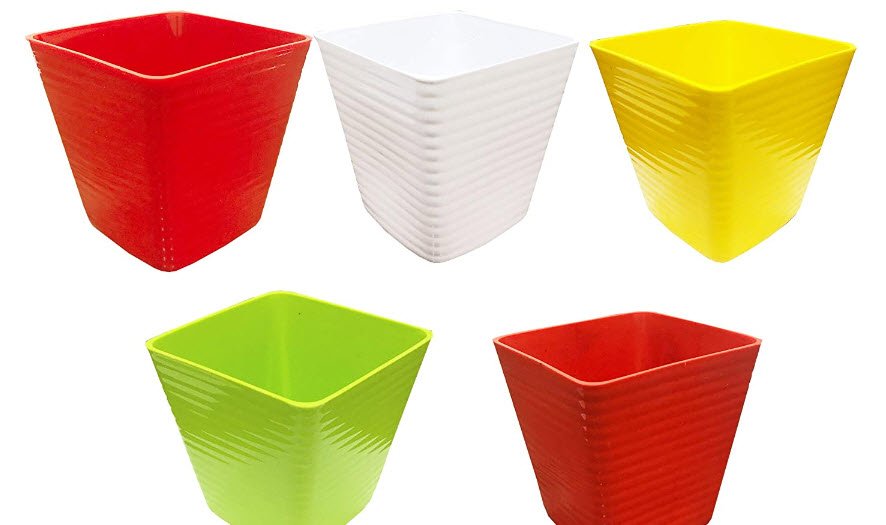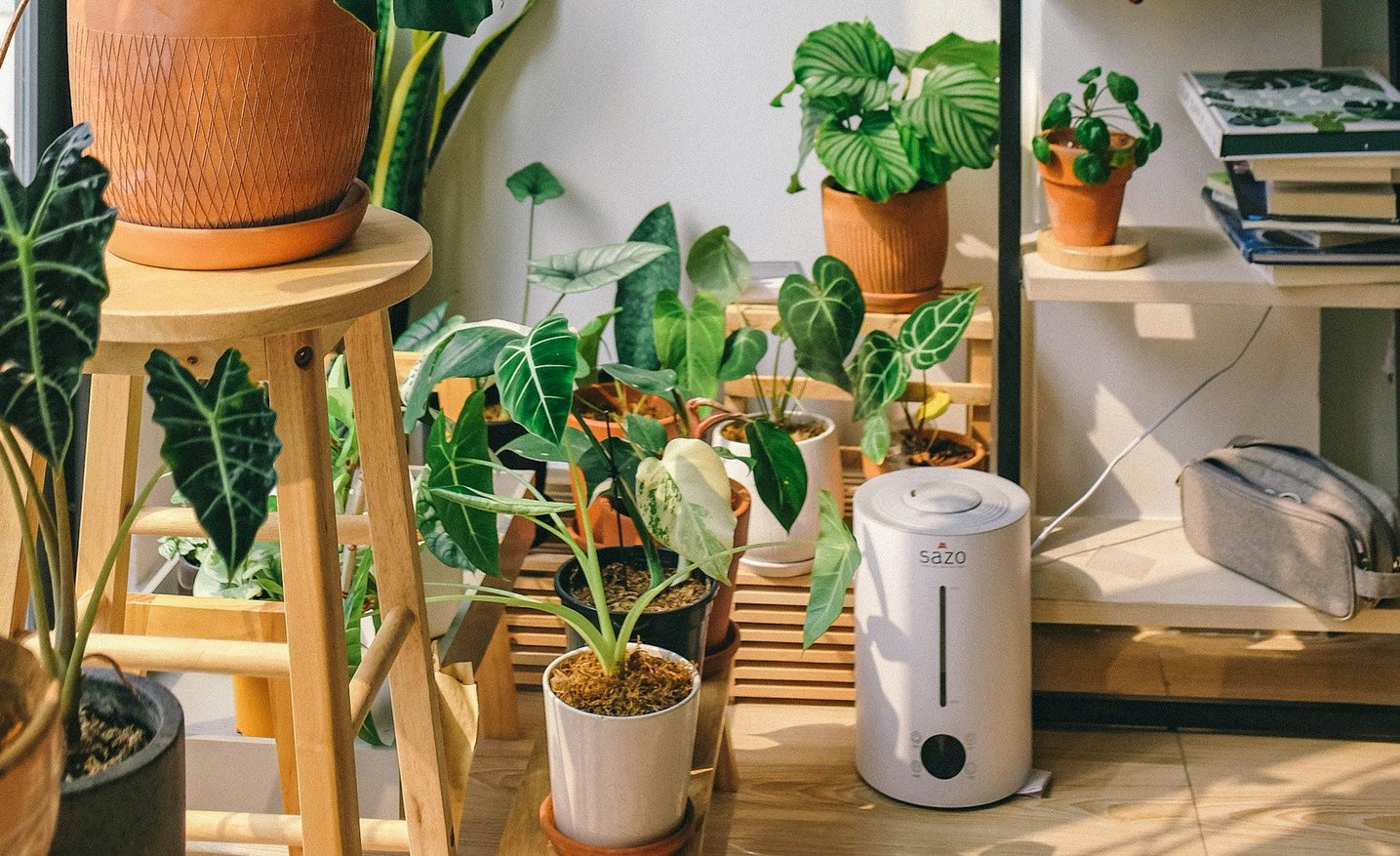
Starting an urban garden can be done using plant containers. There are a variety of pots and containers that you can choose from, so it’s important that you choose ones that will give you the best results (drainage, soil surface area, etc.).
Plastic plant containers tend to be the best for balcony gardens because they’re affordable, light-weight, durable and nice looking. You can find these containers at local garden shops.
However, you can use just about anything that can hold potting soil and that you can drill holes into for drainage.
Here is a look into the different types of containers you can use for your urban garden.
1. Terracotta Plant Containers
One of the most popular plant containers that you can buy are terracotta pots. These are attractive and affordable. Other than that, these are reasons why you shouldn’t purchase them for balcony gardens:
The large containers are too heavy. They crack easy when temperatures drop too low (they may need take them inside and overwinter them) They break easily when you knock them over.

Moving them around can be a pain because they are heavy and brittle especially when moving to a new home. Since the containers are porous, a lot of moisture escapes from the soil.
If you really adore the terracotta plant containers, you should go with plastic plant containers that resemble them. There are many out there that mimic their style, but some have a bigger price tag.
2. Nursery Pots
It is very common for balcony container gardeners to use black plastic plant containers, rather than going with the more expensive pots.
You may hear some gardening experts say not to use these pots. These containers are cheaper, but because they’re black, it attracts more heat, which means that your soil will dry up faster. It can also make the roots of your plants too hot, stunting their growth.

When you visit a plant nursery, you’ll see them inside of these pots (hence the name nursery pots). By keeping them, it reduces the amount of plastic waste being hauled off to the dump. If you choose not to use them, you can donate them to a local garden shop or someone who uses them.
Even recycle yards will take them. For those who decide to keep the nursery pots, you may find few to no problems at all (unless you live in a hot climate or where there’s a lot of sunlight on your balcony).
One great thing about nursery pots is that they last for a very long time, even in hot weather and hot sun.
3. Containers With Fibrous Lining
Plant containers that have coconut fiber lining and other fibrous lining made from sphagnum moss are the first to suffer from heat waves and dry air.
These pots may look attractive, but you should avoid those that have fibrous lining because moisture from the soil will escape on all sides. However, if you are still interested in these pots, you can place a plastic bag inside before putting in the potting soil. Make sure to poke holes into the bag.

Another option is to cut slits into different angles around the pot and then plant seeds (such as strawberries) to grow there. This creates a gorgeous look, sprouting strawberries from all angles. You can also do this with flowers. If you choose strawberries, plant them scarcely, because they will fill out the soil as they grow. The plants you grow inside will insulate the soil and help to lock in moisture.
4. Metal Plant Containers
You’ll find some urban gardeners using metal containers for their balcony. They are aesthetically pleasing and light on the pockets. The great thing is that you can make this yourself using coffee cans or large food cans that are thrown out by restaurants.

The only issue with these is that they can blind you when the sun reflects off of them. They also accumulate rust stains on the balcony’s surface as they grow old.
5. Plastic Plant Containers
The best plant containers that you can find today are those made from plastic. They’re inexpensive and they have a variety of shapes and sizes to choose from. Plastic plant containers offer great drainage, while still retaining moisture in the potting soil.

Then to top it off, they’re lightweight, which is something you should be looking for if you are growing your garden on a balcony or if you plan to move your plants around often. An alternative to buying containers is to use plastic food containers – just paint them to give them style.
6. Recycled Planting Pots
If you are looking for an eco-friendly solution for your urban garden, you can go with recycled pots. You can use anything from old paint cans to coffee cans. When choosing which containers to recycle, you should consider its durability to weather elements, whether you’re able to drill holes into it for drainage, if it is aesthetically pleasing and if there are dangerous sharp edges (like on a can that’s been opened with a can opener or knife).

Other questions you’ll want to ask is if it will ruin the floors of your balcony and if the plant inside can be repotted easily in the future. You may want to consider whether you want your whole garden to have the same containers and whether you can accommodate that. Some people use large storage bins as recycled containers. Even plastic bags can be used for plants like potatoes and other vegetables that need lots of dirt.
Recycled Styrofoam plant containers can be used for urban gardens. Containers recycled from plastic storage bins and soda bottles will break down after being exposed to sunlight and water for too long. If you want a recycled container that will maintain its quality and durability, then you should consider using Styrofoam (polystyrene). If the container is large enough, you could use it for the long term.








